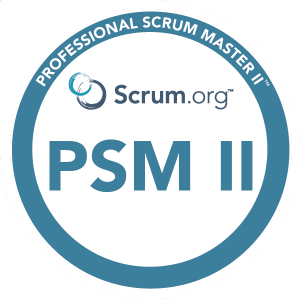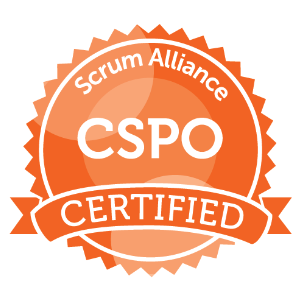Over the past few years were have been witnessing the emergence of Development Operations (DevOps), a discipline emphasizing the execution, monitoring, and improving of software delivery, ideally through continuous integration, continuous deployment (CI/CD), automated testing, and leveraging infrastructure as a code. Agile advocates principles and practices that are collaborative, and customer-feedback centric by delivering software iteratively in order to deliver value continuously. In this article, we explore the nexus between both disciplines in having software development and operations work hand-in-hand to deliver to customers expeditiously and reliably, and integrating Agile with DevOps.
The Similarities Between Agile and DevOps
First, let’s explore how these disparate disciplines intersect and complete one another via 1) continuous improvement, 2) automation, and 3) iterative development and continuous feedback.
1. Continuous Improvement
DevOps promotes continuous monitoring of applications and infrastructure, synonymous with Agile’s focus on continuous improvement, through the use of empirical performance metrics, user feedback and system health telemetry, enabling data-driven decisions to optimize the software delivery process.
2. Automation
Critical to DevOps is Automation, through infrastructure as code, to developing pipelines for supporting release trains. Agile’s emphasis is on efficiency and speed, and by automating repetitive tasks scubas testing, deployment, and infrastructure provisioning, teams reduce manual effort and by extension errors, while accelerating the delivery pipeline.
3. Iterative Development and Continuous Feedback
Iteration is a process made up of decomposed independent smaller and manageable increments enabling continuous integration of code, automation testing and shorter feedback loops. This is aligned with the DevOps principle of creating incremental value through process to deliver quality code.
Integrating Agile with DevOps
Here are some industry standards for DevOps that we should strife for, with Agile acting as an agent of influence for each of the following:
- IContinuous Integration (CI): Continuous integration involves automatically integrating code changes into a shared repository multiple times a day. Automated tests are run to ensure that new code does not break existing functionality. This practice enables early detection of issues and promotes a culture of collaboration and shared responsibility. In Agile, it allows us to determine in realtime how we are progressing towards the definition of done for the story, articulate in daily scrums our blockers expeditiously.
- Continuous Deployment (CD): Continuous deployment extends CI by automating the deployment process. Code changes that pass automated tests are automatically deployed to production. This practice reduces the time between development and delivery, allowing teams to release new features and fixes rapidly. As we mentioned earlier, this aligns well with the Agile mantra of delivering fast and in increments, rather than rely on monolithic updates.
- Infrastructure as Code (IaC): Treating infrastructure as code enables teams to define and manage infrastructure using version-controlled code. This approach ensures consistency, repeatability, and scalability. Tools like Terraform and Ansible facilitate the automation of infrastructure provisioning and configuration.
- Automated Testing: Automated testing is crucial for maintaining the quality and reliability of software. Unit tests, integration tests, and end-to-end tests should be automated and integrated into the CI/CD pipeline. This practice ensures that code changes are thoroughly tested before reaching production.
- Continuous Monitoring and Feedback: Implementing monitoring and logging solutions provides real-time insights into the performance and health of applications and infrastructure. Tools like Prometheus, Grafana, and ELK stack help teams track metrics, detect anomalies, and gather user feedback. Continuous monitoring enables proactive issue resolution and continuous improvement.
- Cross-Functional Teams: Finally, building cross-functional teams that include developers, operations, quality assurance, and security professionals fosters collaboration and shared ownership. These teams can work together to design, develop, test, and deploy software, ensuring that all aspects of the delivery process are considered.
Conclusion
Integrating Agile with DevOps is a transformative approach that enables organizations to achieve continuous delivery. By fostering a culture of collaboration, automating processes, and continuously monitoring and improving, teams can deliver high-quality software rapidly and reliably. Overcoming challenges through cultural change, toolchain integration, skill development, and security practices will pave the way for successful Agile and DevOps
Listen to the Podcast

You a listen to my current podcast, TPM Ridge on Apple Podcasts or Spotify. Subscribe and follow our discussions with prominent industry leaders in Technical Program Management and Agile.
Follow TPM Ridge and Scale with Agile on Social Media at:
- on X: @scalewithagile / @tpmridge
- on Instagram: @scalewithagile / @ tpmridge
- on LinkedIn: ScaleWithAgile / TPM Ridge




